Plánování rozpočtu pro zdravotnictví digital signage: Jak zajistit efektivní návratnost investic?
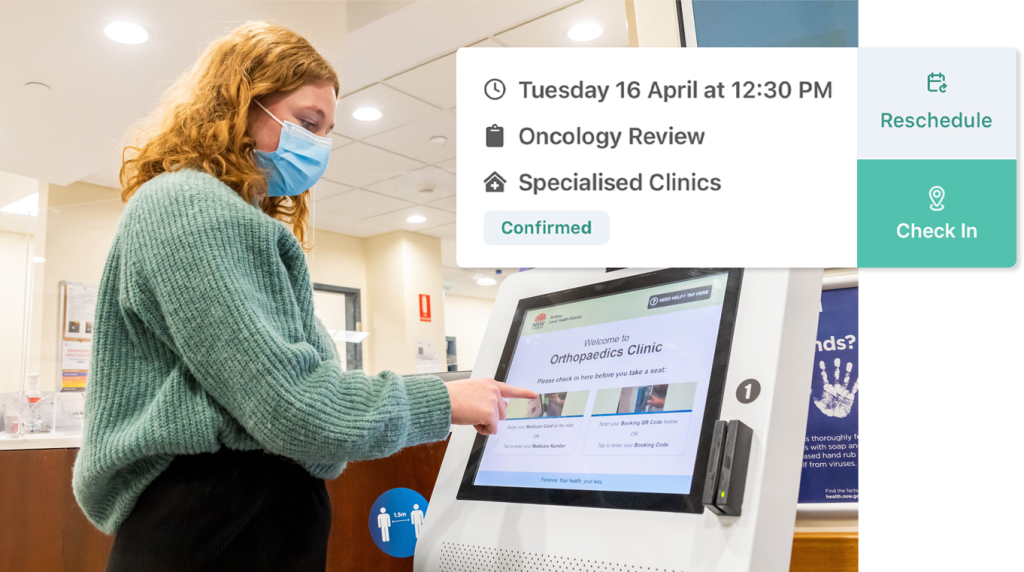
V zdravotnickém průmyslu může digitální informační tabule nejen vylepšit pacientův zážitek a zvýšit efektivitu komunikace, ale také sehrát klíčovou roli ve každodenních operacích. Nicméně investice do medicínského systému digitálních informačních tabulí je dlouhodobá rozhodnutí a rozumné plánování rozpočtu je nezbytné k zajištění účinného návratu z investice na tento projekt. Následující text podrobně diskutuje, jak zajistit maximální návrat z investic do medicínského systému digitálních informačních tabulí prostřednictvím pečlivého rozpočtového plánování.
#medicalmonitoringtablet #icumonitor #medicaltabletcomputer #intenzivní péče #android11tablet #hospitaltablet #healthcaretablet #healthcaretablets
Pokud chcete více informací, kontaktujte mě prosím na
Whatsapp: +86-13501581295
E-mail: [email protected]
Vítejte na našem oficiálním webu, náš web je: https://www.uhopestar.com/
#medicalpc #medicalcomputer #tablethehospital #tabletpcproducents #pctabletmedicine #medicaltabletpc #proscribmedicaltabletpc #bestandroidtabletformmedicalstudents
Zjasnění cílů a požadavků projektu
Na začátku plánování rozpočtu je nutné vyjasnit cíle a požadavky projektu. To zahrnuje uvážení konkrétních funkčních požadavků na digitální informační tabule, jako jsou:
a. Orientace pacientů a zobrazování informací: jako navigace podlaží, číslo ordinace, informace o čekání atd.;
b. Oznámení nemocnice a informační kampaně: včetně zdravotnických tipů, nouzových oznámení nebo informací o lékařském přijetí;
c. Zobrazení dat v reálném čase: zobrazovat aktuální informace o lékařském ošetření nebo frontách, aby se pomohlo zvýšit spokojenost pacientů.
Poté, co budou stanoveny cíle, můžete podle potřeb nastavit rozpočtový rámec a zajistit, aby systém digitálního informačního tablovyhověl skutečným potřebám běžného provozu nemocnice.
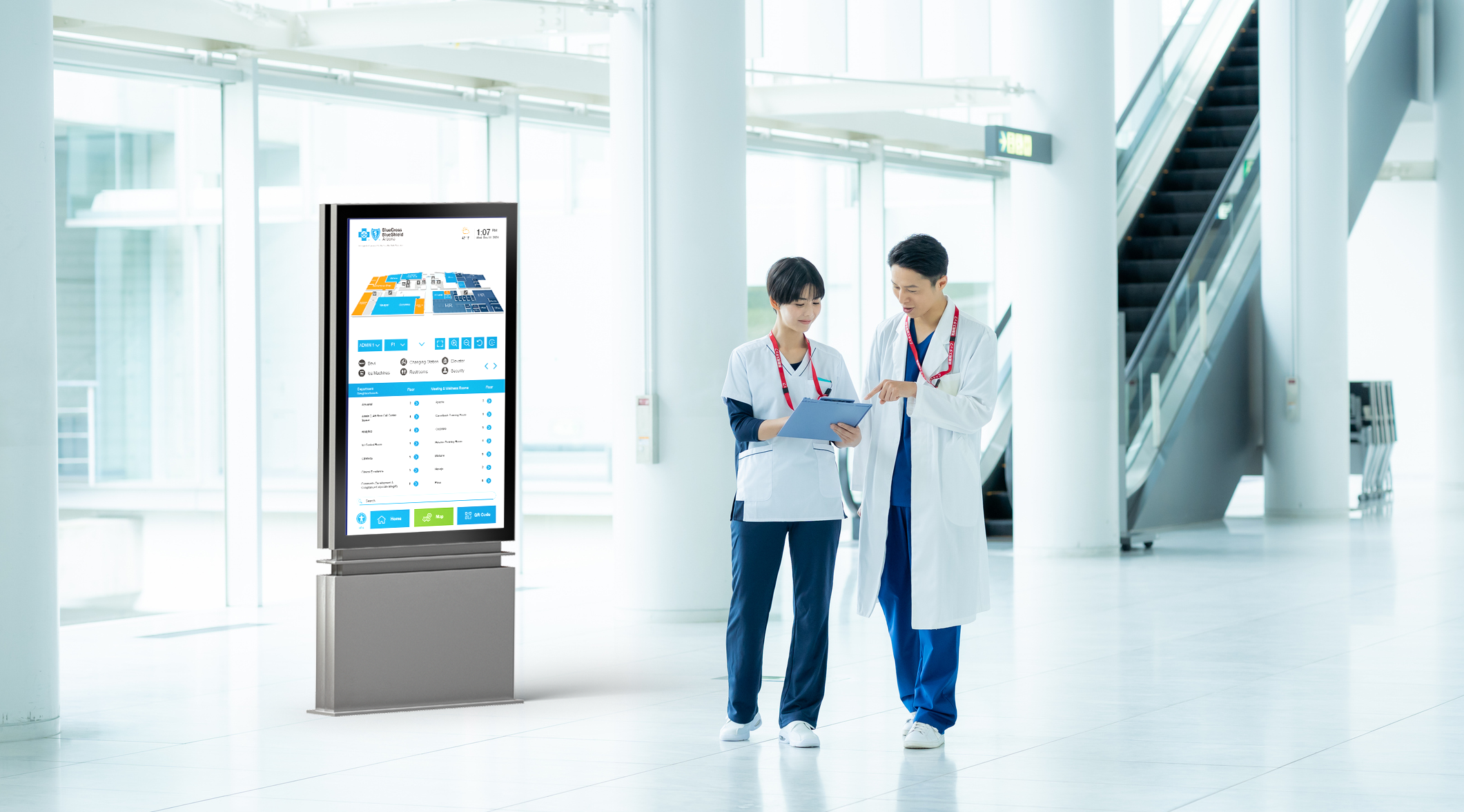
#nejlepshtabletprolékaře #bezventilátorovýlékařskýpanelovýpočítač #nejlepshtabletpropoužitínemocnicemi #tabletypropoužitínemocnicemi #použitítabletuvnemocnicích #tabletyzdravotnictví
Posoudit náklady na hardware a software
Rozpočet pro lékařský systém digitálního informačního tabla obvykle zahrnuje investice do hardwaru a softwaru. Hardwarová část zahrnuje obrazovky, přehrávače, stojany a další periferní zařízení, zatímco softwarová část zahrnuje systémy pro správu obsahu (CMS), nástroje pro vzdálenou správu atd.
a. Výběr hardwaru: Je klíčové vybrat správnou obrazovku. V medicínském prostředí musí mít obrazovka vysokou jasnost, ostrost a odolnost, a zároveň je třeba zvážit potřeby různých oddělení. Například v příjmu může být zapotřebí větší obrazovka, zatímco na oddělení může být použita obrazovka střední velikosti. Do rozpočtu by se měly zahrnout značka, kvalita a očekávaná životnost zařízení.
b. Softwarová platforma: Spolehlivý a snadno použitelný systém pro správu obsahu může zjednodušit každodenní správu nemocnice. CMS je obvykle účtováno měsíčně nebo ročně a funkce softwaru, technická podpora a škálovatelnost ovlivní cenu softwaru. Ujistěte se, že vybraný systém podporuje budoucí aktualizace obsahu, vzdálenou správu a koordinaci více zařízení.
#lékařskýandroidovýtableta #nejlepšílékařskátabletapc #zdravotnictvítabletapc #lékařskápcetableta #tabletapclékařský #androidovátabeltalékařská #nejlepšítableta prolékařskýkancelář #lékařskákancelářtablety
Zvažte náklady na dlouhodobou údržbu a podporu
Systémy digitálního informačního tábule nejsou jednorázovou investicí. Poté, co je systém implementován, je klíčové zajistit průběžnou údržbu a technickou podporu pro hladké fungování systému. Rozpočet by měl zahrnovat:
a. Technické servisní služby: včetně aktualizací softwaru, oprav hardwaru a řešení potíží;
b. Náklady na školení: personál nemocnice musí být vyškolen pro efektivní používání systému;
c. Náklady na nahrazení a upgrady: s rozvojem technologií se může systém vyžadovat aktualizace nebo upgrade a rozpočet by měl zahrnovat související náklady.
Díky předem naplánovaným nákladům můžete zajistit, aby zařízení a software efektivně fungovaly i během dlouhodobého používání.
Optimalizujte obsah a vizuální efekty
Hodnota medicínské digitální signalizace spočívá nejen v investici do hardwarových zařízení, ale také obsah a vizuální efekty jsou stejně důležité. Vytvoření rozumné strategie pro obsah může účinně zlepšit zkušenosti pacientů a obraz nemocniční značky. Zde jsou několik aspektů, které je třeba zvážit:
a. Kreativita a přizpůsobení obsahu: Rozpočet musí zahrnovat náklady na tvorbu a návrh obsahu, zejména v oblasti personalizovaného obsahu a informačních zpráv. Například produkce nákladů na videa se zdravotnickou vzdělávací obsahem, lékařskou reklamu a propagaci nemocniční značky.
b. Frekvence aktualizací obsahu: Běžně aktualizovaný obsah může vyžadovat další zdroje a rozpočet, ale může zvýšit zapojení pacientů a návštěvníků a upoutat jejich pozornost. Ujistěte se, že je dostatek prostředků na pravidelné aktualizace a optimalizaci obsahu.
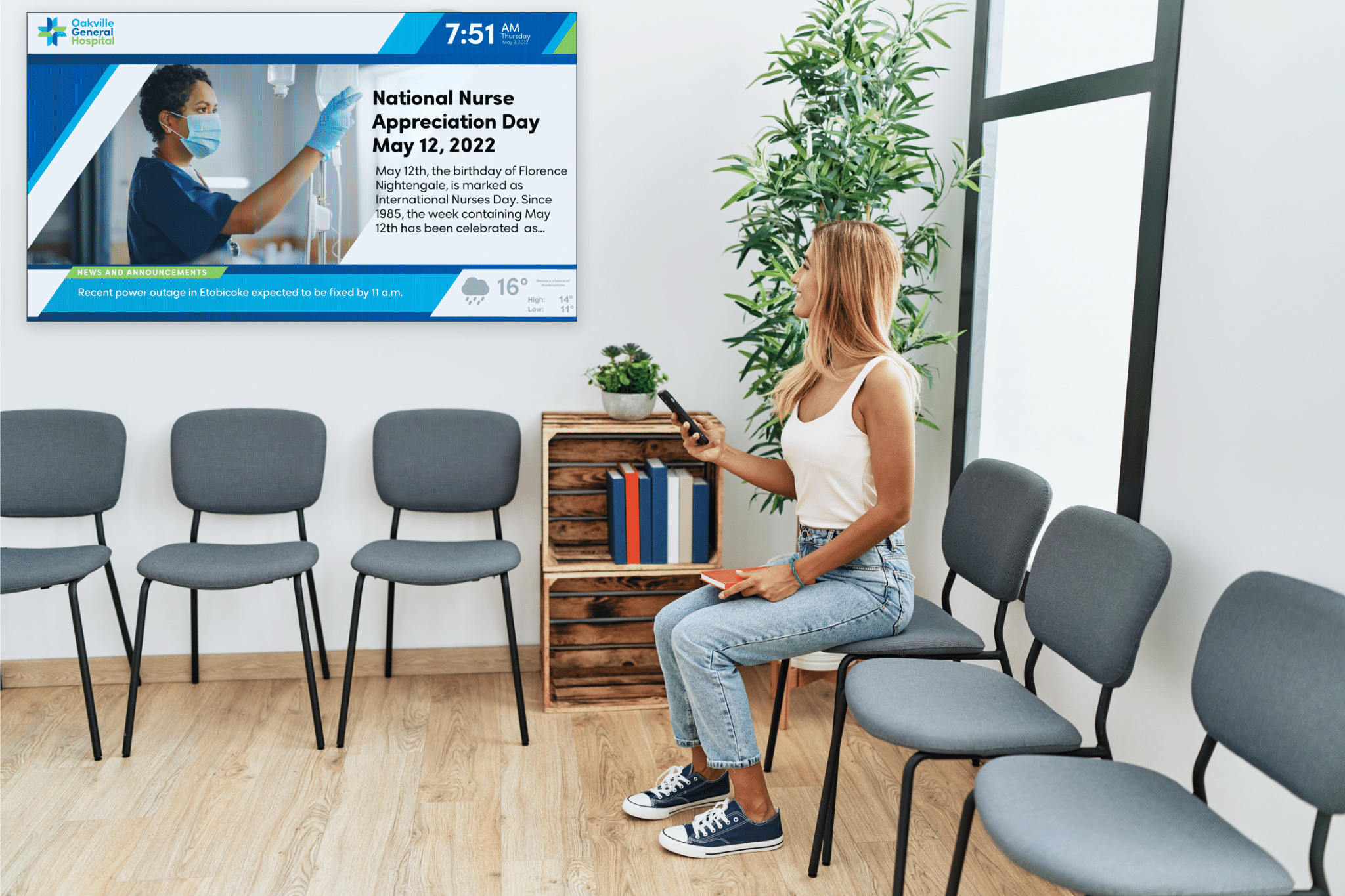
#nejlepsihtabletprozdravotnicipracovniky #tabletyprozdravotnickeprofesory #microsoftsurfacezdravotnictvi #medicinskenadledaniatablet #medicinskitabletpcs #zdravotnickeitabletpcs
Posuďte návratnost investice (ROI)
Největší hodnota medicínské digitální signalizace spočívá v návratu na investici, který přináší. Aby byl projekt schopen získat účinný návrat, měl by být posouzen z následujících hledisek:
a. Zvýšení spokojenosti pacientů: Optimalizujte proces čekání, orientace a získávání informací prostřednictvím digitální signalizace, zmírněte úzkost pacientů z čekání a zlepšete celkové zážitky pacientů. Toto zlepšení může do jisté míry zvýšit skóre spokojenosti pacientů a ústní reklamu.
b. Zvýšení operační efektivity: Snížte pracovní zátěž manuálního vedení a šíření informací a zvýšete operační efektivitu v rámci nemocnice. Ušetřené lidské zdroje a časové náklady mohou v dlouhodobém horizontu vygenerovat významné návraty.
c. Zlepšení image nemocnice: Digitální signalizace poskytuje nemocnicím inovativní a moderní platformu pro zobrazení informací, která může demonstrovat profesionalitu a efektivitu nemocnice a zvýšit důvěru pacientů.
Na základě uvedených úvah není návratnost investice (ROI) pouze finanční analýzou, ale měla by zahrnovat i faktory jako zkušenosti pacientů a budování značky nemocnice.
#androidtablet #androidtablet #tablet #tablet #fabrika #fabrika #fabrikant #oem #odm #meetingtablet #commercialtablet
Flexibilní přizpůsobení a optimalizace rozpočtu
Plánování rozpočtu pro digitální signalizaci v zdravotnictví by mělo mít určitou míru flexibility. Během realizace projektu mohou nastat změny v požadavcích nebo nečekané situace, a rozpočet je třeba upravit včas. Například, pokud pacienti hlásí, že některé informace nejsou jasně zobrazeny, může být nutné nahradit obrazovku vyšším rozlišením nebo přidat nové funkce zobrazení, což vyžaduje dodatečný rozpočet.
Rozpočtové plánování by mělo tyto možné úpravy zohlednit a zajistit, aby systém byl později rozšiřitelný bez přílišného dodatečného zatížení.
#AndroidTablet #Touchscreen #HDDisplay #Highperformancetablet #Versaaatiletablet #digitalsignage #digitalsigns #advertisementtablet #digitalsignagedisplay #digitalsignagemonitor
Rozpočtové plánování pro medicínské digitální informační systémy není pouze výpočet čísel. Souvisí to s budoucí operační efektivitou, spokojeností pacientů a obchodním obrazem nemocnice. Prostřednictvím vyjasnění cílů, posouzení nákladů na hardware a software, uvážení dlouhodobých nákladů na údržbu a optimalizací strategií obsahu můžete zajistit maximalizaci návratu z investic do medicínských digitálních informačních systémů. V procesu rozpočtového plánování jsou flexibilita a dalekosáhlost faktory, které nelze ignorovat. Rozumná rozpočtová správa pomůže nemocnicím dosáhnout trvalých výhod v následujících letech.
Pokud přemýšlíte o investování do digitálních informačních tabulí v medicíně, můžete začít právě s těmito aspekty a pečlivě plánovat, abyste zajistili, že každá výdaje přidá hodnotu k provozu nemocnice a zkušenostem pacientů.
Digitální informační tabule v medicíně: Jak poskytovat přesný vzdělávací obsah pro pacienty?
S postupem technologie se i zdravotnický sektor neustále inovuje a optimalizuje své služby. Digitální informační tabule jako moderní komunikační nástroj rychle stávají nedílnou součástí nemocnic a ordinací. Zejména v oblasti vzdělávání pacientů mohou pomoci nemocnicím šířit zdravotnické informace živěji, intuitivněji a interaktivněji, čímž zvyšují znalosti a schopnosti pacientů ve správě vlastního zdraví.
Nicméně, aby digitální informační systémy mohly efektivně poskytovat přesné vzdělávací obsah pro pacienty a maximalizovat svou roli, nemocnice musí začít na více úrovních, jako je naplánování obsahu, návrh prezentace a technická podpora. Níže jsou uvedeny některé klíčové strategie, jak používat digitální informační systémy k poskytování přesného vzdělávacího obsahu pro pacienty.
1. Přizpůsobení obsahu podle potřeb pacientů
Prvním krokem při vzdělávání pacientů je přesně pochopit jejich potřeby. Pacienti různých věkových skupin a stavů zdraví mají významné rozdíly v potřebách informací. Například starší pacienti mohou potřebovat jasný a stručný text a hlasová upozornění, zatímco mladší pacienti mohou dávat přednost grafickému a interaktivnímu obsahu. Nemocnice mohou přizpůsobit obsah následujícími způsoby:
a. Rozdělení zobrazení: Zobrazovat různý obsah podle oblasti, kde se pacient nachází. Například, znalosti o prevenci nemocí lze zobrazovat v příjmu nebo čekárně; v konzultační místnosti nebo oddělení lze poskytovat zaměřené informace o správě nemoci.
b. Personalizovaná doporučení obsahu: Pokud je systém digitálních informačních tabulí integrován s elektronickým zdravotnickým záznamem nemocnice (EHR), mohou pacienti získávat personalizovaný vzdělávací obsah související se svým stavem zdraví prostřednictvím dotykových obrazovek nebo technologie rozpoznávání obličejů během konzultace.
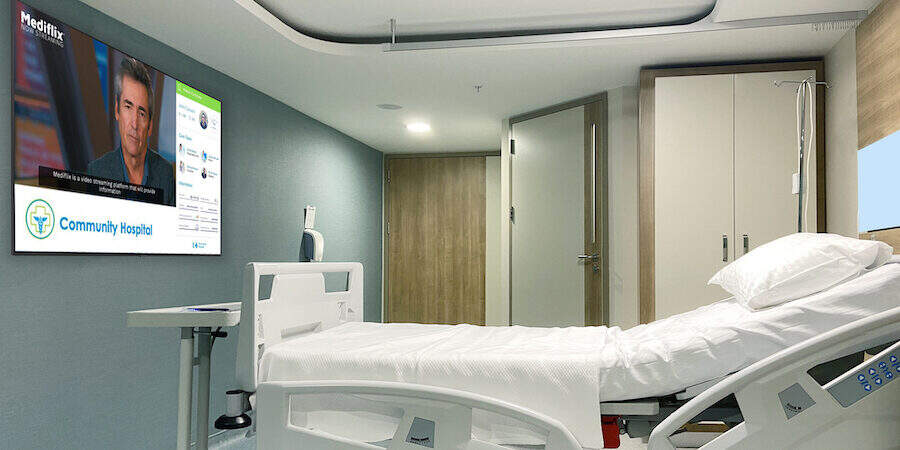
2. Obsah je stručný a hluboký
V medicínském prostředí se pacienti obvykle setkávají s digitálními informačními tabulami, když čekají, takže vzdělávací obsah by měl být nejen stručný a jasný, ale také mít určitou hloubku. Obsah by měl mít následující vlastnosti:
a. Stručný a jasný: Vyhnete se používání příliš složitých lékařských termínů, aby pacienti mohli text porozumět. Použití jednoduchého jazyka a ilustrací k vysvětlení komplexních medicínských konceptů může pomoci pacientům lépe absorbovat informace.
b. Grafika a text: Přidáním vhodných obrázků, videí a animací do vzdělávacích materiálů mohou pacienti lépe intuitivně pochopit lékařské znalosti. Například ukázka správného mytí rukou, postup péče o ránu atd., kombinovaná s animovanými videi, může zlepšit porozumění.
c. Různorodé formy: včetně krátkých videí, infografik, interaktivních otázek a odpovědí a dalších forem, které mohou vyhovět potřebám různých pacientů a posílit pocit účasti a efektivitu učení.
3. Zajištěte profesionality a důvěryhodnost obsahu
Hlavním cílem vzdělávání pacientů je poskytnout přesné a autoritativní informace, takže zdroj obsahu má klíčový význam. Nemocnice musí spolupracovat s profesionálními lékařskými institucemi, lékaři a ošetřovatelským personálem, aby se zajistilo, že všechny publikované vzdělávací materiály byly lékařskými odborníky recenzovány a ověřeny. Kromě toho je třeba také upozornit na následující body:
a. Pravidelné aktualizace obsahu: V medicíně se znalosti obnovují velmi rychle a neustále vznikají nové terapie, léky a zdravotnické doporučení. Nemocnice by měly zajistit aktuálnost vzdělávacích materiálů a pravidelně je aktualizovat, aby měli pacienti k dispozici nejaktuálnější zdravotnické informace.
b. Podpora více jazyků: Vzhledem k tomu, že populace pacientů nemocnice může pocházet z různých jazykových prostředí, by měla digitální informační tabule podporovat přepínání mezi jazyky, aby si pacienti s ne mateřským jazykem mohli také porozumět a využívat vzdělávací obsah.
4. Zvýšená interaktivita a účast
Digitální signalizace není pouze nástrojem pro jednosměrné dodávání informací, ale může také zvyšovat participaci pacientů a učební efekty prostřednictvím interakce. Například:
a. Interakce otázka-odpověď: Přidejte krátké interaktivní otázky a odpovědi do vzdělávacích materiálů, abyste pomohli pacientům otestovat své znalosti v oblasti zdraví. Toto nejen zvyšuje zábavnost učení, ale také pomáhá pacientům pevněji si zapamatovat informace.
b. Samoobslužné učení: Pacienti si mohou vybírat zdravotnické informace podle svých zájmů nebo potřeb, jako třeba kliknutím na téma choroby nebo zdravotnické rady získat hloubkové znalosti.
c. Nástroje pro posuzování stavu zdraví: Některé systémy digitální signalizace v nemocnicích lze připojit k nástrojům pro posuzování stavu zdraví. Pacienti mohou na obrazovce dokončit jednoduché posouzení svého zdravotního stavu a systém doporučí relevantní vzdělávací obsah na základě výsledků posouzení.
5. Zajištění dostupnosti vzdělávacích obsahů
Přesná pacientská vzdělávání se týká nejen přesnosti obsahu, ale také toho, jak zajistit, aby mohl každý pacient na tento obsah přistupovat. S ohledem na potřeby a lékařské zkušenosti různých pacientů musí nemocnice optimalizovat rozvržení informačních panelů, aby byl vzdělávací obsah snadno viditelný a přístupný pro pacienty:
a. Dostupnost zařízení: Nainstalujte digitální informační panely na klíčových místech v nemocnici, jako je hala, čekárna, konzultační místnost, oddělení atd., aby mohli pacienti přistupovat k vzdělávacímu obsahu v různých situacích a v různých časových úsecích.
b. Snadnost operace: Digitální informační panely by měly mít jednoduché rozhraní a pacienti by je měli moci ovládat bez speciálních dovedností. Zároveň by měl dotykový obrazovka nabízet různé interaktivní metody, jako je přibližování, posouvání, čtení hlasem atd., aby pomohl pacientům s různými potřebami snadno získávat informace.
6. Mechanismus zpětné vazby a hodnocení efektivity
Aby se zvýšila přesnost a účinnost obsahu vzdělávání pacientů, nemocnice by měly zřídit mechanismus zpětné vazby pro sběr hodnocení a návrhů pacientů na obsah. Například:
a. Okamžitá zpětná vazba: Po setkání s vzdělávacím obsahem mohou pacienti podat zpětnou vazbu prostřednictvím systému digitálních informačních tabulí k posouzení praktickosti a srozumitelnosti obsahu.
b. Analýza dat: Přes analýzu dat ze systému digitálních informačních tabulí mohou nemocnice pochopit, který obsah je pacienty nejvíce sledován a který je ignorován. Spojením těchto dat mohou nemocnice optimalizovat strukturu obsahu a metody prezentace.
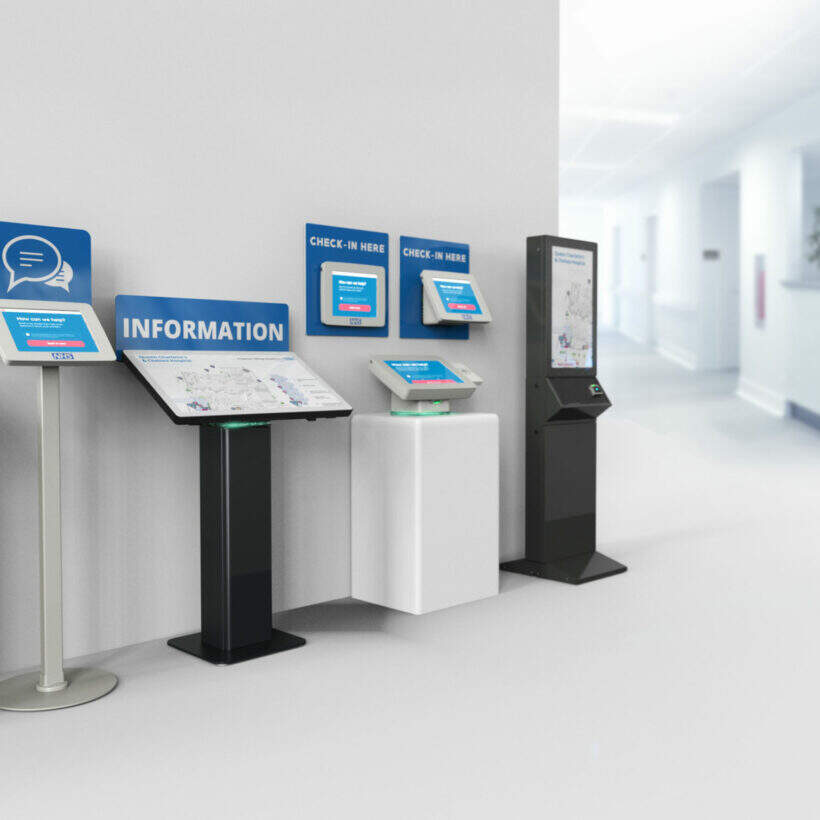
Závěr
Medicínské digitální informační nápisy poskytují nový způsob vzdělávání pacientů. Poskytují nejen přesné informace o zdraví, ale také zdokonalují zkušenosti pacienta s učením díky interaktivitě a personalizovaným službám. Přesně navrženým obsahem, vědecky a rozumně nastaveným zobrazováním a efektivním mechanismem zpětné vazby mohou nemocnice zajistit, aby pacienti během léčebného procesu obdrželi cenný vzdělávací obsah, pomáhaly jim zlepšit povědomí o správě zdraví a nakonec zvyšovaly účinnost léčby a spokojenost pacientů.
Pokud chcete ve své nemocnici šířit přesný vzdělávací obsah pro pacienty, můžete uvážit použití digitálních informačních nápisů jako klíčového nástroje pro dosažení efektivnějšího šíření zdravotnického vzdělávání prostřednictvím technických prostředků a kreativního návrhu.
Obsah
- Zjasnění cílů a požadavků projektu
- Posoudit náklady na hardware a software
- Zvažte náklady na dlouhodobou údržbu a podporu
- Optimalizujte obsah a vizuální efekty
- Posuďte návratnost investice (ROI)
- Flexibilní přizpůsobení a optimalizace rozpočtu
- Digitální informační tabule v medicíně: Jak poskytovat přesný vzdělávací obsah pro pacienty?
- Závěr


